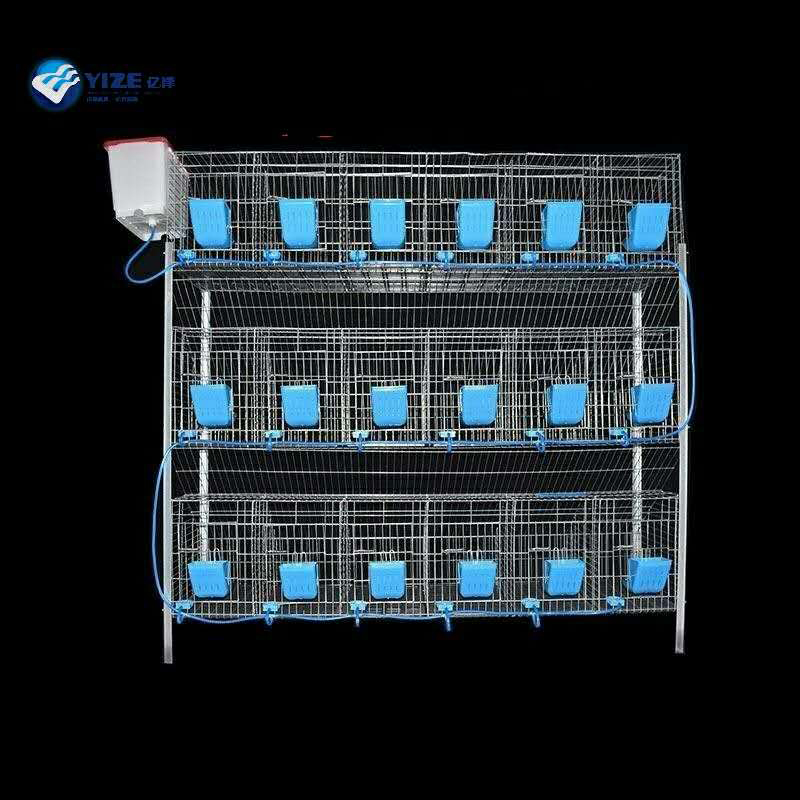Fish Feed Production Equipment for Efficient Aquaculture Operations and Sustainable Practices
Նյմ . 10, 2024 20:28 Back to list
Fish Feed Production Equipment for Efficient Aquaculture Operations and Sustainable Practices
The Evolution of Fish Feed Processing Machines
In recent years, the aquaculture industry has witnessed remarkable advancements driven by technological innovation. One of the cornerstones of this evolution is the development of fish feed processing machines. These machines play a pivotal role in producing high-quality feed that not only meets the nutritional demands of fish but also enhances their growth and overall health. In this article, we will explore the significance of fish feed processing machines, their operation, and their contribution to sustainable aquaculture.
Understanding Fish Feed Processing Machines
Fish feed processing machines are specialized equipment designed to manufacture fish feed in various forms, including pellets, powders, and flakes. These machines use a combination of ingredients—such as fish meal, grains, vitamins, and minerals—to create balanced diets that promote healthy fish growth. The process typically involves several stages grinding, mixing, pelleting, cooling, and packaging.
1. Grinding Initially, raw materials are crushed into smaller particles to prepare them for mixing. This process ensures that all components are uniform, which is essential for a balanced diet.
2. Mixing Once ground, the ingredients are thoroughly mixed in precise ratios to ensure that each pellet delivers the expected nutritional value. Advanced machines have computerized controls to achieve optimal mixing.
3. Pelleting The mixed feed is then subjected to high pressure and temperature in a pelleting machine, where it is formed into pellets. This process not only shapes the feed but also helps in sterilizing it, reducing the chance of pathogens.
4. Cooling After pelleting, the feed is cooled to preserve its quality and prevent spoilage. Cooling ensures that the feed maintains its shape and nutritional value during storage.
5. Packaging Finally, the finished product is packaged in bags or containers, ready for distribution to fish farms and hatcheries.
fish feed processing machine

Benefits of Advanced Fish Feed Processing Machines
The adoption of modern fish feed processing machines offers several benefits that significantly impact the aquaculture sector. Here are some of the key advantages
1. Improved Feed Quality High-quality processing machines ensure that feed is consistent in size and nutrient content, which is crucial for the health of farmed fish. Uniform pellets are easier for fish to digest and lead to better feed conversion rates.
2. Enhanced Nutritional Value Advanced machines can incorporate a variety of ingredients, including probiotics and essential fatty acids, that promote fish health and growth. This flexibility allows feed manufacturers to tailor their products to specific species and growth stages.
3. Increased Efficiency Modern technology has greatly improved processing speed and efficiency. Continuous production lines can operate with minimal downtime, resulting in higher output and lower production costs.
4. Sustainability As the demand for sustainable practices in aquaculture grows, advanced feed processing machines can help reduce waste and optimize ingredient use, leading to more environmentally friendly production methods. The inclusion of alternative protein sources, such as insect meal, further promotes sustainability.
5. Economic Viability Quality feed directly affects the profitability of aquaculture operations. By investing in efficient fish feed processing machines, producers can ensure better growth rates and healthier fish, which in turn boosts economic returns.
Conclusion
Fish feed processing machines serve as a backbone for the aquaculture industry, driving both efficiency and quality in fish feed production. As technology continues to advance, these machines will play an increasingly vital role in meeting the global demand for sustainable fish farming. By ensuring the availability of high-quality feed, they not only enhance fish health and growth but also support the overall sustainability of aquaculture practices. In an era where food security and environmental stewardship are top priorities, the importance of investing in sophisticated fish feed processing technology cannot be overstated. As fish farming continues to evolve, these machines will undoubtedly be at the forefront, paving the way for a more sustainable future.
-
High Performance Exhaust Fan – Efficient Ventilation Solutions for Home
NewsJun.10,2025
-
High-Quality Gestation Pen for Sows Durable Mobile Pig Pen & Simple Pig Pen Solutions
NewsJun.10,2025
-
High Quality Rabbit Cage Double Tier Designs & Welded Wire Mesh Supplier
NewsJun.10,2025
-
Floating Fish Feed Machine - High Efficiency Floating Fish Feed Extruder for Small Scale Production
NewsJun.10,2025
-
Premium Poultry Housing Solutions Mobile & Commercial Free Range Options
NewsJun.10,2025
-
Industrial FRP Fans Corrosion-Resistant Blades & Centrifugal Systems
NewsJun.09,2025






